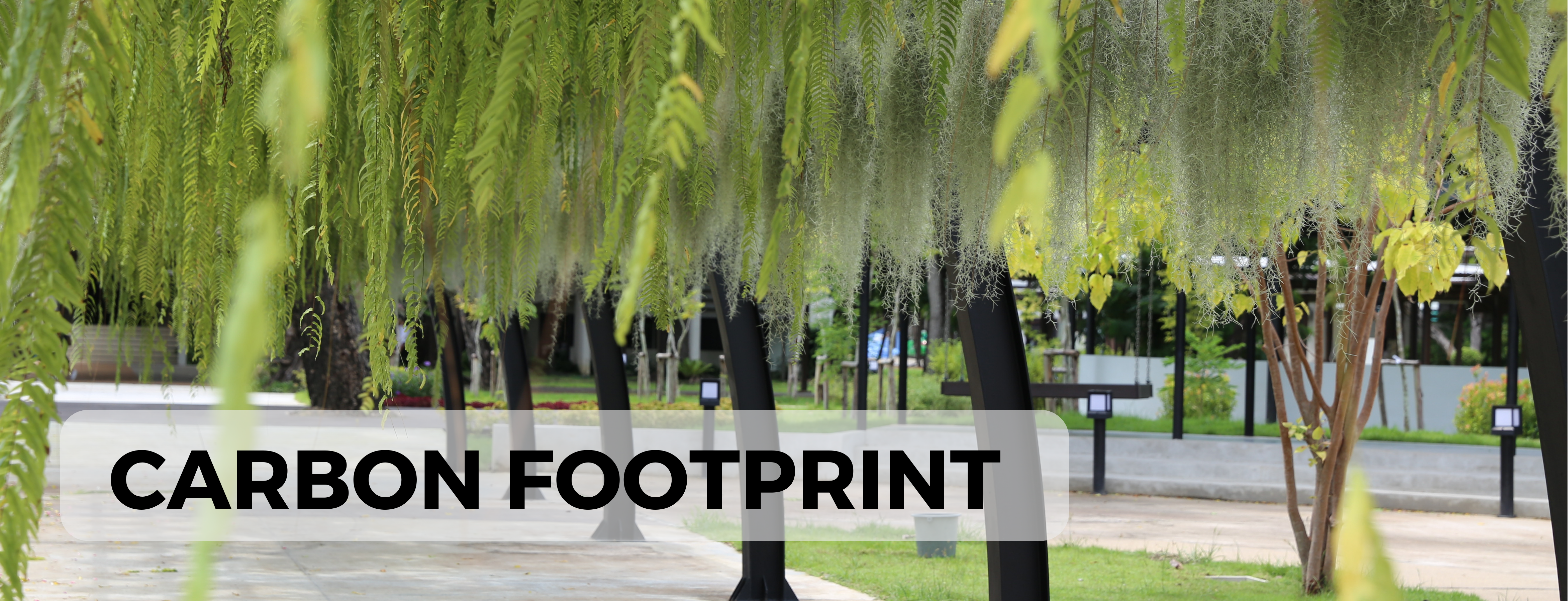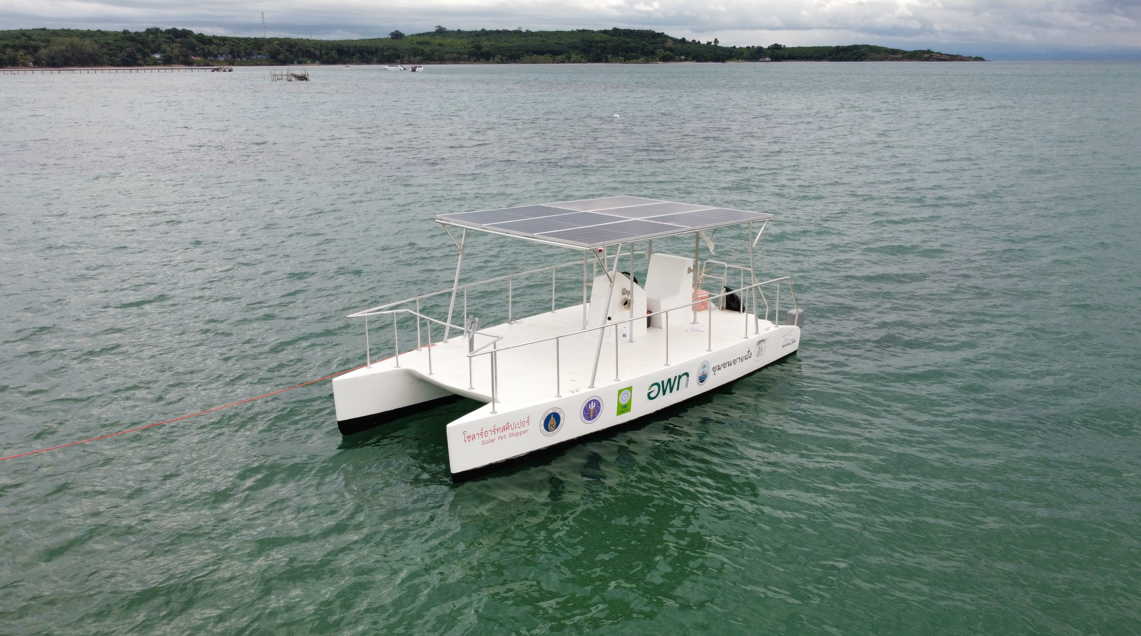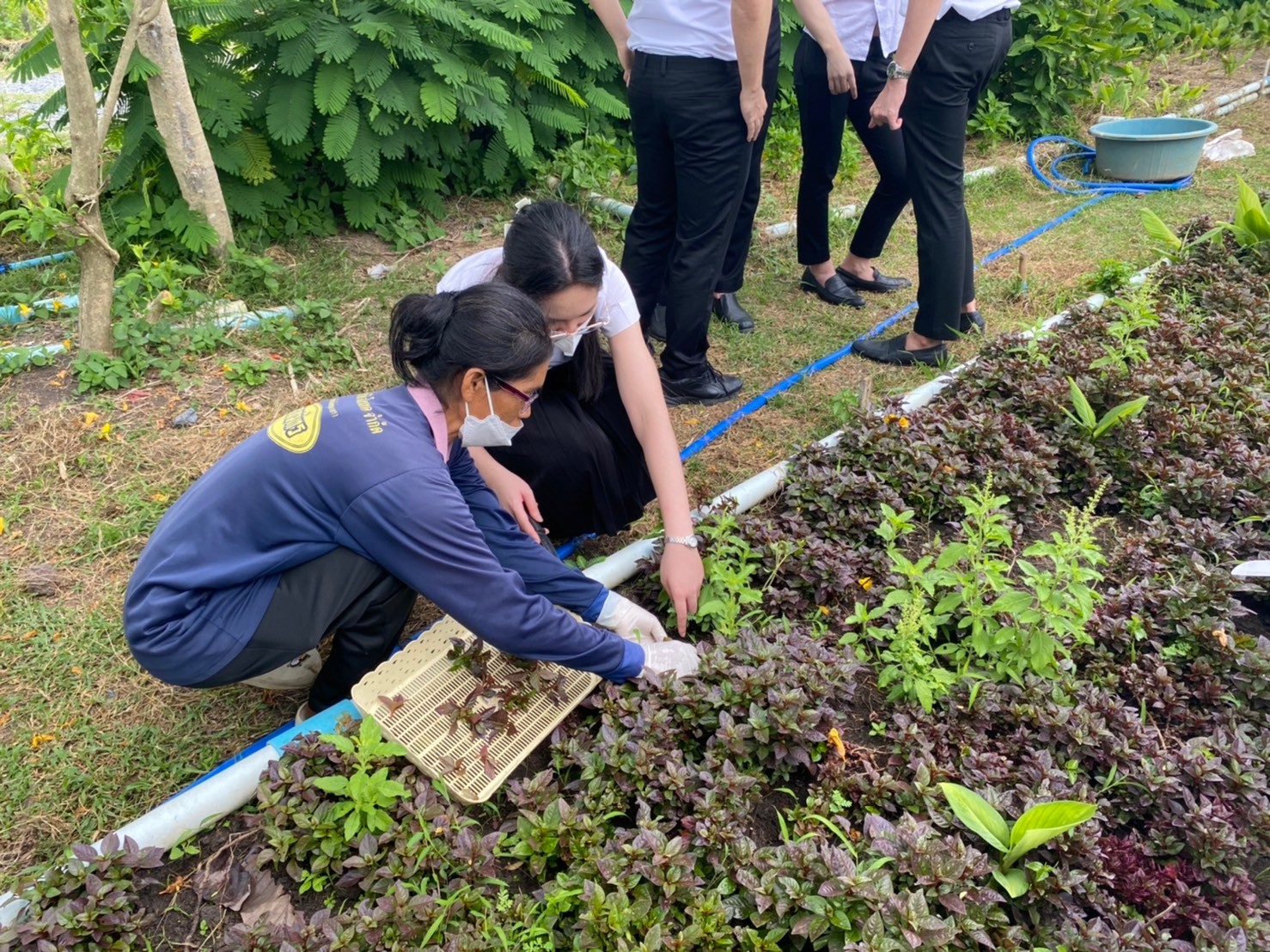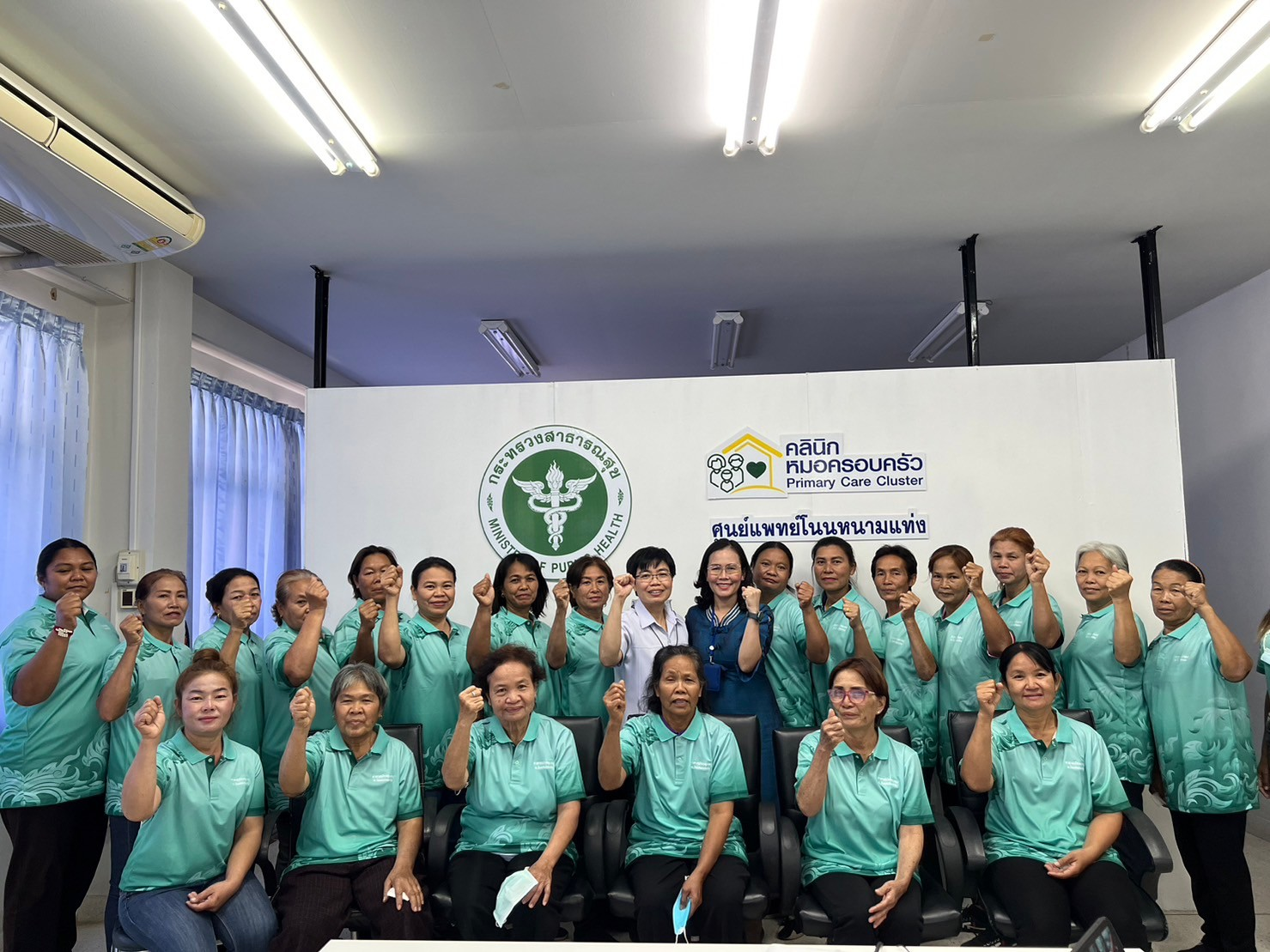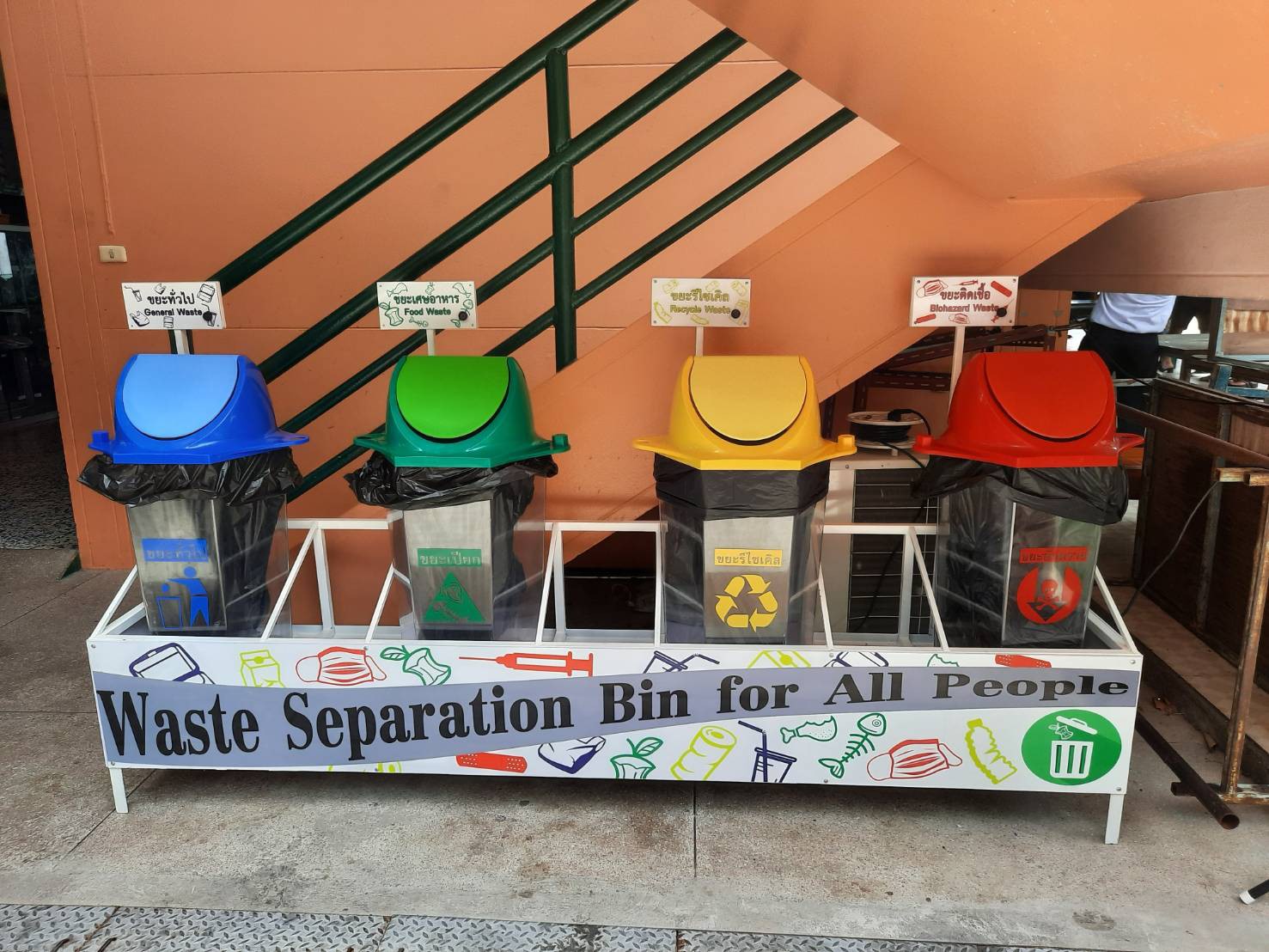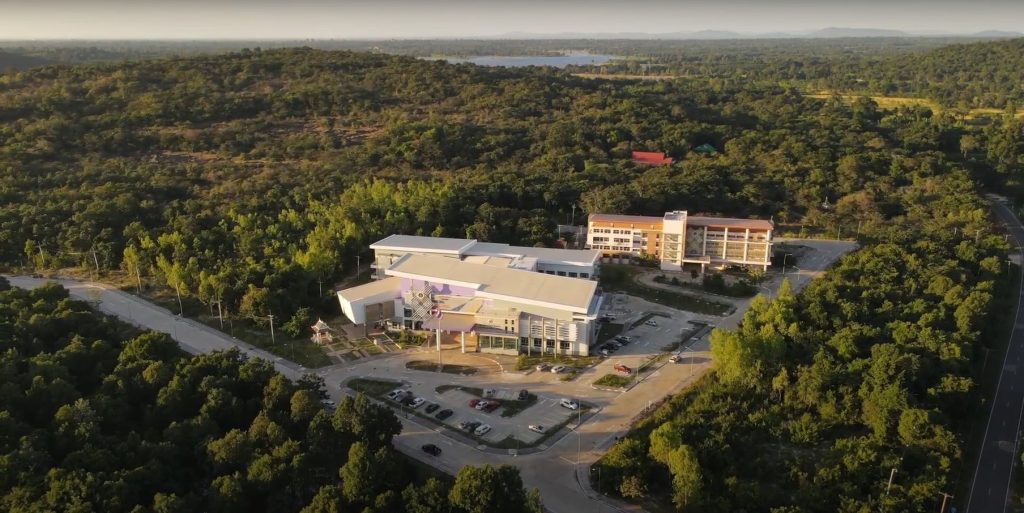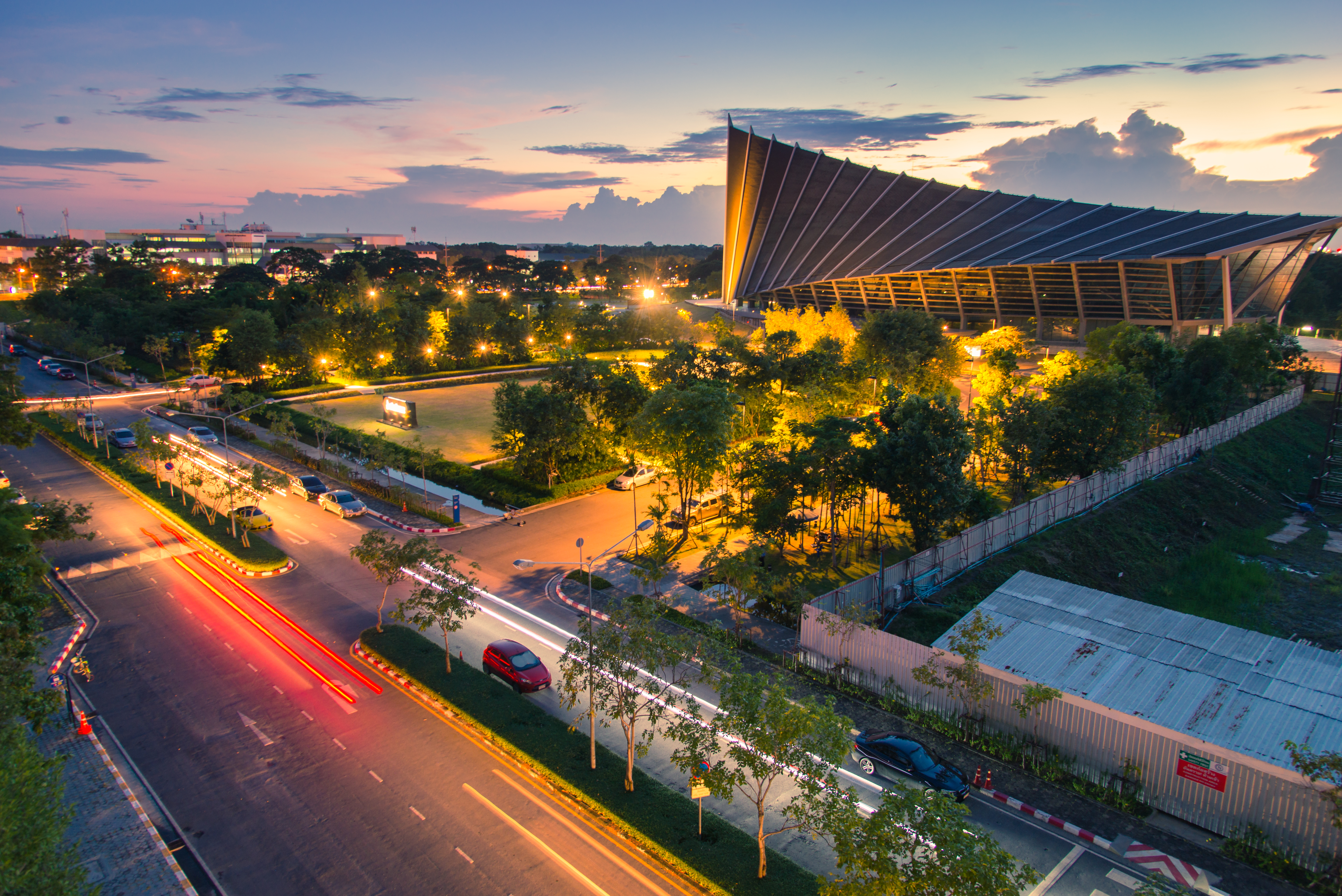24 Jan. 2566
PM2.5 FOOTPRINT
Fine particulate matter (PM2.5 or fine particulate matter with a diameter up to 2.5 microns) is one of the most important causes of premature deaths. The World Health Organization (WHO) estimated that outdoor air pollution caused 4.2 million premature deaths globally in 2016 due to PM2.5 exposure. The PM2.5 exposure could lead to cardiovascular and respiratory disease, and cancers (WHO, 2021). In Thailand, overall PM2.5 concentrations have been reduced continuously. Nonetheless, the annual average PM2.5 concentrations in Thailand have still exceeded the World Health Organization standards throughout the past 10 years. Transport sector is one of the major sources of PM2.5 emissions. Understanding the potential health impacts and costs of PM2.5 formation from different modes of transport will help raising the awareness of the public due to the realisation on the PM2.5 footprint of their actions. PM2.5 footprint is considered as the health impacts from PM2.5 formation throughout life cycle of products and organisations. PM2.5 footprint is quantified by multiplying emissions with characterisation factors. Afterwards, the health costs could be obtained by economic evaluation of the health impacts. The PM2.5 Footprint Calculator v1.01 was developed as a tool for enhancing environmentally sustainable passenger transport in Thailand. The PM2.5 Footprint Calculator v1.01 can determine primary and secondary PM2.5 emissions (PM2.5, NOx, NH3, and SO2) and assess health impacts and costs of passenger transport by road, water and rail in Thailand. The calculator consists of primary and secondary PM2.5 emission inventory (for passenger transport), city-specific characterisation factors, and health cost conversion factor. The details of emission inventory, impact characterisation and economic valuation can be seen the background report of PM2.5 Footprint Calculator v1.01 (Prapaspongsa et al., 2021). Features of the current version and future updates of the PM2.5 footprint calculator are also documented in the report. The PM2.5 Footprint Calculator v1.01 is provided in two versions including Web-Based PM2.5 Footprint Calculator and PM2.5 Footprint Calculator (Microsoft Excel Program). Users can directly apply the Web-Based PM2.5 Footprint Calculator via this PM2.5 footprint website or download the PM2.5 Footprint Calculator (Microsoft Excel Program) from this website for own calculations. The Web-Based PM2.5 Footprint Calculator computes the health impacts and costs from "well-to-wheel" including emissions from upstream fuel and electricity production; and exhaust emissions from fuel combustion. The PM2.5 Footprint Calculator (Microsoft Excel Program) can assess health impacts and costs both from "well-to-wheel" and "tank-to-wheel”. In the tank-to-wheel scope, the exhaust emissions from fuel combustion (indicated as "vehicle use" in this excel) are considered.



